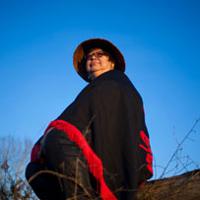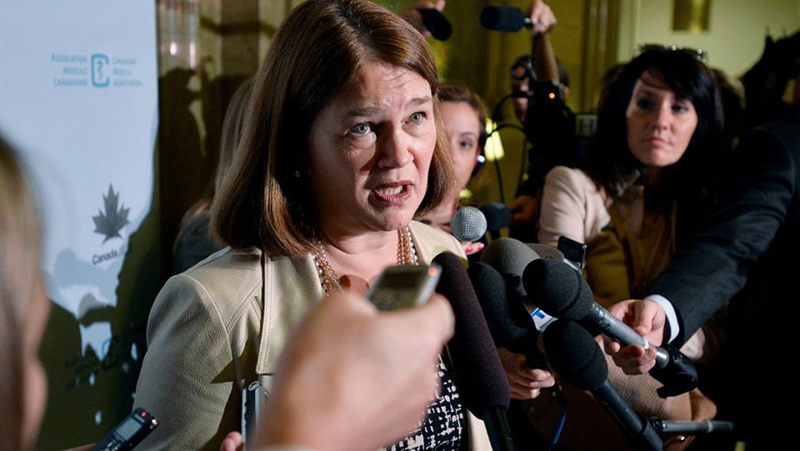The shocking statistics about Indigenous children in care helped prompt the federal government to declare a humanitarian crisis in November 2017.
Now, a year later, the government and leaders of national Indigenous organizations have announced they are co-developing federal legislation on Indigenous child and family services to be introduced in early 2019.
The legislation will include the transfer of responsibility for child welfare from provinces to Indigenous governments.
About 52 per cent of children in care are Indigenous, while they make up a mere 7.7 per cent of the population under the age of 14 in Canada.
First Nations people in Canada have long been calling on the federal government to address the problem. As far back as 1981, I can recall lobbying efforts for federal legislation, as provincial laws and ministries were failing our children.
The government would say child welfare was under provincial jurisdiction. But we would say Section 91 of the Constitution Act of 1867 says “Indians and lands reserved for the Indians” are federal responsibility — and surely Indians included children.
Our demands were ignored through the years as more and more of our children went into care, until the numbers exceeded the number of children that had been in residential school.
Individual First Nations took action. In 1980, the Splatsin First Nation passed a bylaw under the Indian Act to take responsibility for child welfare. The federal government accepted the change, but refused to approve any other First Nation bylaws seeking the same outcome.
In 1985, the Nuu-chah-nulth Tribal Council took a different path. It became the first First Nation to take over child welfare services under delegated authority from the B.C. government. They have to follow the provincial law, but have more flexibility to place children in First Nations homes. There are nine Indigenous delegated agencies in B.C.
International laws have also played a role. In 1989, the United Nations passed the Convention on the Rights of the Child, with Canada as a signatory. In 2007, the UN adopted the Universal Declaration on the Rights of Indigenous People, which recognizes the right of Indigenous peoples to be self-governing, to not have their children forcibly removed and to retain their culture and language.
Both the federal and B.C. governments have committed to implementing the Universal Declaration on the Rights of Indigenous People and the Calls to Action of the Truth and Reconciliation Commission. And both support First Nations’ jurisdiction over their children, and their right to pass their own laws. This proposed legislation may be a step in that direction.
Last week’s federal announcement does not mention recognition of First Nations laws regarding children in care. My understanding, from the First Nations drafting group, is that recognition of our laws should be one of the key elements of the enabling legislation.
Indigenous peoples must be able to use their own laws, values and systems in order to keep their children within their communities. This is essential to Indigenous agreement to this law.
Another important aspect for any legislation is prevention. Indigenous Services Canada, at one point, provided prevention dollars to First Nations to work with children and families. Then in the early 1990s they cut prevention funding.
We are now seeing the federal government providing prevention dollars again, realizing finally that they must invest in prevention to reduce the number of children going into care.
Indigenous Services Minister Jane Philpott says she wants the legislation to provide a guaranteed level of funding for prevention and delivery of services for children and families.
Philpott said the issues that led to a Canadian Human Rights Tribunal ruling that Canada was discriminating against children on reserves by underfunding child welfare should never happen again.
She is hoping the government will find the right funding formulas and include them in the legislation. That will be a major challenge.
The jurisdictional divisions between the federal and provincial governments are complex and must also be considered. Each province has its own legislation governing Indigenous child welfare, both on and off reserve.
The federal government has now assumed financial responsibility for the welfare of on-reserve children. Will the coming legislation mean that provincial laws will not apply? Will Indigenous agencies operating with delegated provincial authority be able to continue?
And if Indigenous Nations want to pass their own laws, will the delegated agency be able to implement First Nations laws as opposed to the provincial ones?
This is where the B.C. government becomes critical in this process. It has committed to work with the federal government to ensure First Nations’ laws can be implemented.
Any legislation must be carefully crafted to avoid jurisdictional disputes.
For many Indigenous people, the federal government announcement was welcome. Others fear the legislation allows the government more say over First Nations lives.
Will this proposed legislation be a solution that will help reduce the shocking number of Indigenous children in care?
Will the federal government be able to reflect the needs and desires of First Nations people in a law that will resolve a long-standing critical issue that has torn families apart by taking their most precious resource — their children — out of their communities?
Only time will tell if this law can truly be co-developed to everyone’s satisfaction. Our children are our future, and time and energy must be expended to finally get this right. ![]()
Read more: Indigenous, Rights + Justice, Federal Politics
















Tyee Commenting Guidelines
Comments that violate guidelines risk being deleted, and violations may result in a temporary or permanent user ban. Maintain the spirit of good conversation to stay in the discussion.
*Please note The Tyee is not a forum for spreading misinformation about COVID-19, denying its existence or minimizing its risk to public health.
Do:
Do not: